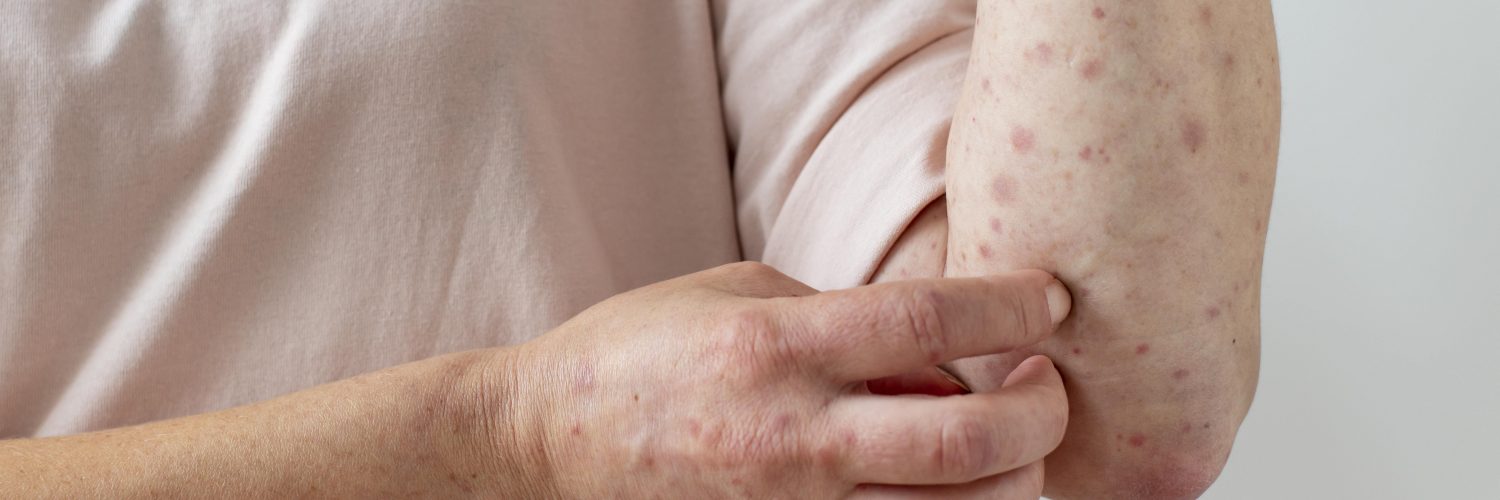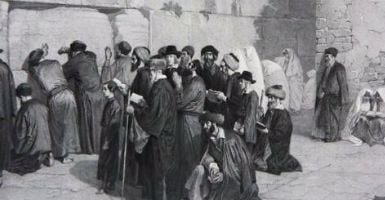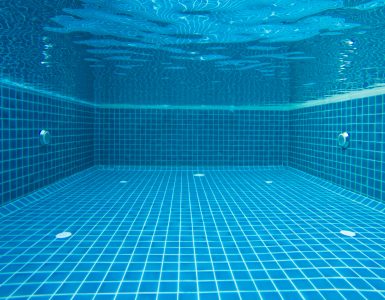Skin wounds and pressure sores can pose a risk to life to the elderly or those in long-term care due to their lowered immunocompetence, impaired circulation, and general weakness. The same wound that would render a young person a Choleh sheEin Bo Sakana could pose a risk of Sakanas Eiver or even be a matter of Pikuach Nefesh for an elderly person due to the possibility of necrosis or infection that would threaten his entire body. It is therefore crucial that their wounds are quickly cleaned and bandaged. Family members or caregivers must be alert for the symptoms of infections and wounds, particularly pressure sores which usually develop gradually, though they may appear innocuous to the untrained eye.
If there is any concern of Pikuach Nefesh, any procedure may be performed, even if it would constitute Chilul Shabbos d’Oraisa. This essay will discuss the conditions under which procedures may be performed on Shabbos when the patient’s life is not in danger.
Many Halachos govern the treatment of wounds and injuries on Shabbos; we have discussed many of them in previous essays (which can be found on our website). This essay will focus on one particular Sugya through which we can examine a fundamental Halacha.
In short, sometimes dead or infected skin must be removed before a wound can be cleaned and bandaged. Doing so on Shabbos constitutes an Issur d’Rabbanan. If failing to remove the skin will cause further infection, it is permissible to enlist a non-Jew to remove it or to remove it via a Shinui, whether the skin is already mostly detached or only partially detached. [However, care must be taken to avoid bleeding, as evident from the Mishna Berura (328:96).] If the skin is completely detached around the edges, but its bottom is stuck to the tissue beneath, it is permissible to remove it, though one must still be careful to avoid bleeding.
The above is a synopsis of the relevant Halachos, and we will now examine their sources and derivation.
The Shulchan Aruch rules (O.C. 328:31):
A nail that has become detached and the “Tzitzin” – these are narrow strips that have become detached from the skin of the finger, around the nail – are mostly detached from the top and they cause him discomfort, to remove them by hand is permissible, but [if one removes them] with an instrument he is exempt but it is forbidden (“Patur Aval Asur”). If they are not mostly detached, [if one removes them] by hand he is exempt but it is forbidden. [For removing them] with an instrument, one is liable to a Chatas. Rashi explains: “From the top” [this means] towards the tips of his fingers. Rabbeinu Tam explains that it means towards the body. One should be concerned for both explanations.
In other words, if strips of skin have started peeling away from the fingers and are causing discomfort, it is permissible to remove them by hand if they are already mostly detached, but it is an Issur d’Rabbanan to remove them with an instrument. If they are mostly attached, removing them by hand is an Issur d’Rabbanan and removing them with an instrument is an Issur d’Oraisa of Gozez.
However, this is only true if the strips are detached “from the top” – a description that is the subject of a Machlokes between Rashi and Rabbenu Tam. Since the Shulchan Aruch requires one to be concerned for both opinions, one may not remove any strips of skin around the fingers, even by hand and even if they are already mostly detached (Mishna Berura ibid. 99).
It is clear from the above discussion that when skin is mostly detached from the body, removing it on Shabbos is no longer an Issur d’Oraisa. The Mishna Berura explains that “since they are mostly detached, they are close to coming away and it is like they are already detached”. (This is why it is permissible to remove them by hand. Since they cause discomfort, they may be removed with a Shinui – in other words, by hand rather than with an instrument.)
The same would apply to removing dead skin from a wound. Though it may not necessarily be “mostly detached”, it is certainly “close to coming away” and removing it should only be an Issur d’Rabbanan. Since we are treating a Choleh, one may violate an Issur d’Rabbanan via a Shinui as is evident in Siman 328:17.
However, this conclusion seems to contradict another ruling of the Shulchan Aruch (ibid. 22): “One may remove a scab…” This seems to be permissible even without a Shinui. What is the difference between dead skin and a scab?
In order to resolve this contradiction, we need to examine yet another ruling of the Shulchan Aruch (340:2): “It is forbidden to cut a wart (“Yabeles”) off the skin, both by hand [or] with an instrument, both for himself [or] for another person.” The Mishna Berura explains (6):
Even if it has dried out and is about to crumble of its own accord, it is nevertheless forbidden. This is all regarding the Issur, but regarding liability – he is not liable unless he removes it when it is moist and he does so with an instrument. Then it is included in the Melacha of Gozez.
The Shulchan Aruch is clear; the Issur even applies to a dried-up wart that is about to crumble of its own accord. But why is it any different than a scab that may be removed on Shabbos? Rav Shlomo Zalman Auerbach zt”l answered (Shulchan Shlomo, Shabbos 3:340:2 and 5) that “a wart is Ikar whereas a scab is Tafel”.
Rav Shlomo Zalman’s intent appears to be that a wart is part of a person’s skin. Though it protrudes from the skin and will eventually fall off, it arises from the skin and is considered an extension of it. However, a scab only develops on a wound and is produced by the body to promote clotting and healing and to protect against infection. The Issur of Gozez only applies to parts of the skin, not things that are only there to prevent harm.
It would seem logical that dead skin has the same status as a dried wart that is about to crumble. Dead skin was formerly normal skin; it is part of the body’s regular cycle of growth. Though it is now dead, it is still forbidden to remove it (though it is only an Issur d’Rabbanan).
It is worth mentioning that the Taz states a remarkable Chiddush: Removing a wart on Shabbos would be a violation of the Melacha of Kotzer! In Se’if 1, the Shulchan Aruch rules that cutting hair or nails on Shabbos is an Issur d’Oraisa. The Rishonim and Poskim disagree as to whether one also violates the Melacha of Kotzer in addition to the Melacha of Gozez. According to the Yere’im (274), it also constitutes Kotzer. According to the majority of Rishonim (Shabbos 107b), it does not constitute Kotzer because Kotzer only applies to things that grow from the ground.
The Taz (336:10) assumes that Kotzer also applies to not just hair and nails but to anything that grows from the human body. The body is equivalent to the earth, and Kotzer is defined as detaching something from its place of growth. The Biur Halacha (340) notes that the Taz’s ruling is predicated upon the sole view of the Yere’im, rather than the majority of the Rishonim. The Chazon Ish (O.C. 133) argues that since Kotzer and Gozez are very similar Melachos, there would appear to be no scenario where one would be liable for one and not the other. Since the Torah considers them two separate Melachos, we must say that the difference is that Gozez only applies to detaching something from a person or animal and Kotzer only applies to detaching something from the ground.
Another well-known question on the Taz is posed by the Eglei Tal[1] (Gozez 14). He notes that there is an important difference between Kotzer and Gozez: One is liable for Kotzer if something is ready to be harvested – “Omed liKatzer” – but one is not liable for Gozez if something is ready to be detached – “Omed liGazez”. According to the Taz that detaching something from a human body also constitutes Kotzer, why is it permissible to remove strips of skin from the fingers if they are mostly already detached? Surely, Kotzer is violated even if something is Omed liKatzer?[2]
[1] R’ Avraham Borenstein, Sochaczewer Rav (1839-1910). Author of Shu”t Avnei Nezer.
[2] See the Eglei Tal where he discusses whether this is a Melacha sheEina Tzricha l’Gufa.















Add comment